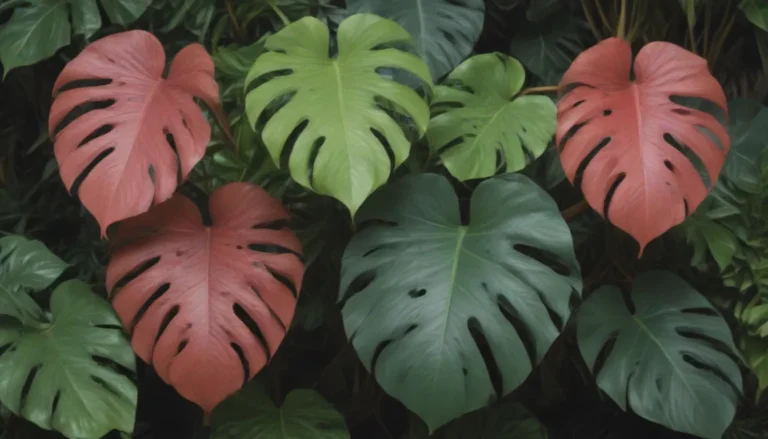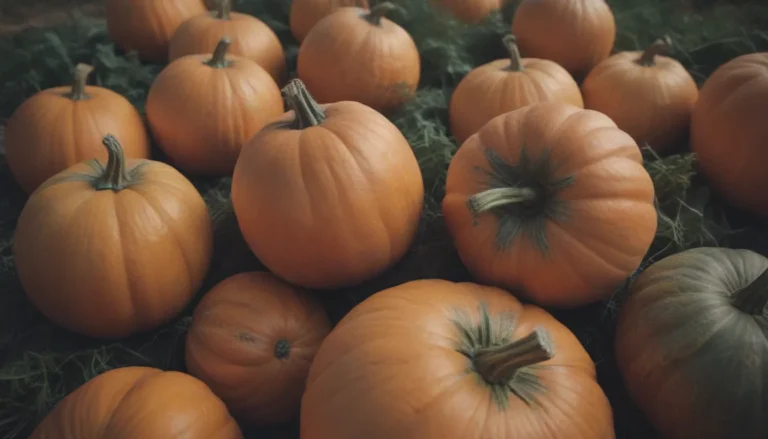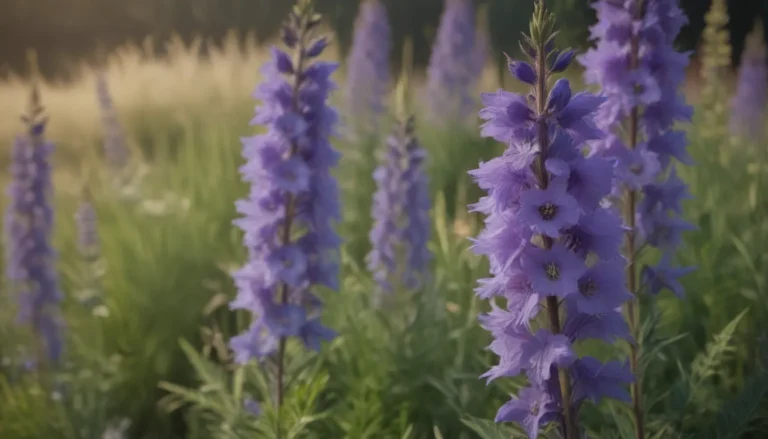The Ultimate Guide to Growing and Caring for Munstead Lavender

Are you looking to add a touch of beauty and fragrance to your garden? Munstead lavender might be the perfect plant for you! In this comprehensive guide, we will delve into everything you need to know about growing and caring for Munstead lavender, a popular cultivar of English lavender.
What is Munstead Lavender?
Munstead lavender is a compact variety of the Lavandula angustifolia species. This aromatic plant features narrow gray-green foliage that forms dense mounds. Delicate purple flowers bloom in the summer, surrounding the spiky stem tips. One of the standout features of Munstead lavender is its early blooming period, making it a favorite for both gardeners and cooks. Unlike French lavender, Munstead lavender is cold-hardy, making it suitable for various climates. However, it is important to note that this plant is toxic to pets like cats, dogs, and horses.
Munstead Lavender Care
Once established, Munstead lavender is a low-maintenance plant that can thrive for up to 15 years with proper care. Let’s break down the essential care requirements for this lovely lavender variety:
Light
Munstead lavender thrives in full sun, needing at least six to eight hours of sunlight daily. Ensure your plant receives adequate sunlight to prevent legginess and promote abundant flowering. In warmer climates, some afternoon shade may be beneficial.
Soil
This lavender variety prefers sandy, well-draining soil. Avoid overly rich or damp soil, as it can negatively impact the plant’s health. Shallow, rocky soil with excellent drainage is ideal for Munstead lavender.
Water
Once established, Munstead lavender is fairly drought-tolerant. During the initial growing season, keep the soil evenly moist by watering regularly. However, avoid overwatering, as lavender is sensitive to excess moisture. Mulching with rocks or gravel can help maintain soil dryness around the plants.
Temperature and Humidity
Munstead lavender thrives in warm but not overly hot conditions. It does not fare well in humid climates. While the plant is hardy to USDA zone 5, extreme cold temperatures can pose a risk. Consider growing it in a container that can be brought indoors during harsh winters.
Fertilizer
Lavender generally does not require fertilization. In fact, overly rich soil and fertilizers can harm the plant. Focus on providing well-draining soil and minimal fertilization for optimal growth.
Pruning
After flowering, prune Munstead lavender to encourage stronger growth in the following season. Avoid cutting into woody stems and focus on shaping the plant by trimming new growth.
Propagating Munstead Lavender
If you wish to expand your lavender garden, propagating Munstead lavender from an existing plant is a simple process. Here’s how you can do it:
How to Grow ‘Munstead’ Lavender From Seed
To start Munstead lavender from seed, sow indoors about ten weeks before the last frost date of spring. Place the seeds on moistened seed-starting mix, ensuring they receive ample light. Transplant the seedlings outdoors once the threat of frost has passed.
Potting and Repotting Munstead Lavender
Growing Munstead lavender in containers provides flexibility and allows for indoor winter storage in cooler climates. Choose a spacious pot with adequate drainage holes and plant the lavender in a sandy potting mix. Remember to provide ample sunlight and rocky or gravel mulch to maintain soil dryness.
Overwintering
To protect Munstead lavender during winter, provide a thick layer of mulch in cold regions. Consider moving potted plants indoors to shield them from harsh weather conditions. Remove mulch in spring to allow for new growth.
Common Pests and Plant Diseases
Root rot is a common issue that affects lavender plants, caused by fungus-like organisms in cold and wet soils. To prevent root rot, avoid overwatering and ensure proper soil drainage for Munstead lavender.
Encouraging Blooms
To promote abundant blooms in your Munstead lavender, prune flower stems as they begin to fade. Harvest lavender for various purposes by cutting stalks when only a portion of the florets have opened. Hang the stalks to dry in a ventilated area for future use.
In conclusion, Munstead lavender is a versatile and aromatic addition to any garden. With proper care and attention, this plant can grace your landscape for years to come. Whether you’re a seasoned gardener or a novice plant enthusiast, Munstead lavender is a delightful choice for your outdoor space. So, roll up your sleeves, grab your gardening tools, and embark on a lavender-filled journey with Munstead lavender!
Reference: ASPCA, Wsu.Edu





